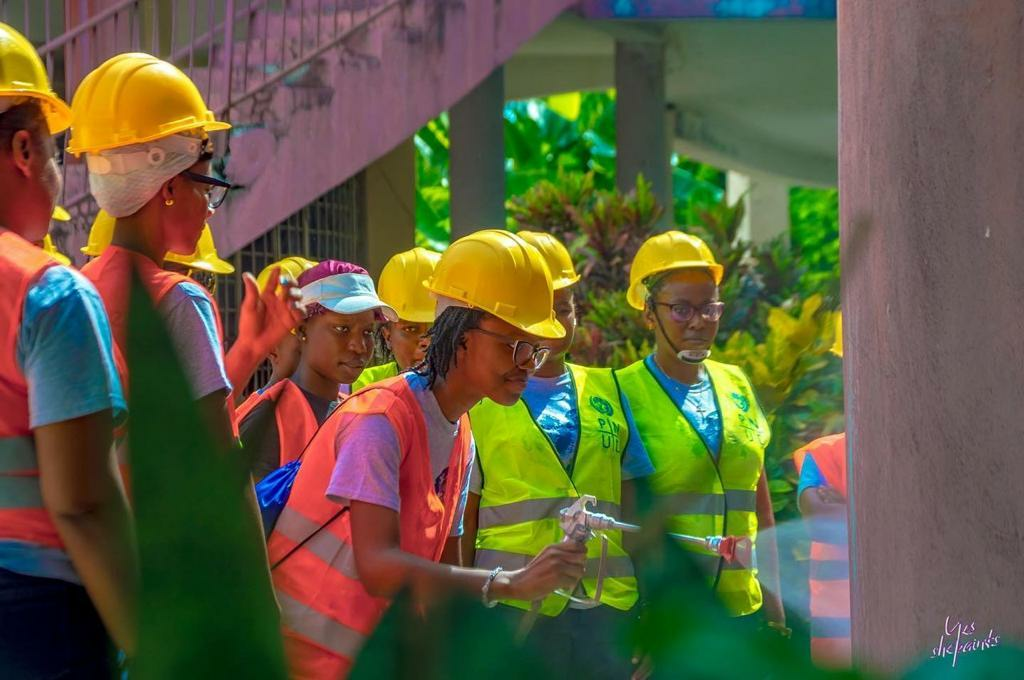Community-Organized
COMMUNITY-ORGANIZED
Community-Organized solutions address urban challenges unique to their local contexts in resourceful ways. Often originating from civil society (e.g., non-profits, resident associations, etc.), they partner with the government or private sector to co-design and co-deliver innovative solutions without the explicit intention of profitability. Despite resource shortages that may persist, they succeed as a result of actively listening and responding to the needs of the community and efficiently and imaginatively utilizing the resources accessible to them.
Key characteristics of Community-Organized
- Urban challenges solved by community actors without profit-driven motives. The innovators often partner with the government, private sector or development actors, who lend support by kick-starting, co-delivering and scaling the solution.
- Diagnosis of the issue and solution design rely on the use of community information, with supporting actors using their knowledge to bring in global best practices to augment the solution. User perspectives are gauged at defined intervals to course correct as and when required. Solutions often complement and integrate with existing physical infrastructure and public services. Based on the scale and complexity of a solution, tools such as innovative financing and technology may be deployed.
|
Video showcasing 1-2 use cases of the type of Urban Innovation 1-3 min, currently under production. |
How to promote this kind of innovations?
- Spark conversations with community organizations. Invest in setting up mechanisms or platforms to cultivate dialogues with community-based organizations. Embrace their voices to build trust and create alignment with a common vision for the city.
- Address barriers to sustaining the solution. Identify regulatory, operational and financial barriers in sustaining the solution over the long term. Consider policy changes and diverse financial solutions that can help innovations weather major changes in the external environment (e.g., funding cuts).
- Drive synergies with government initiatives. Identify common areas of work currently conducted by the government and community-based organizations. Use this knowledge to drive synergies and create complementarities to maximize collaboration and impact.
- Learn and replicate at a hyperlocal level. Once a Smart Urban Innovation has established a proof of concept, disseminate lessons and facilitate replication by fostering collaborations and networks of community organizations or as a government implemented service.
In the following map, you can access inspiring examples from across the world on the different types of Smart urban innovations:


